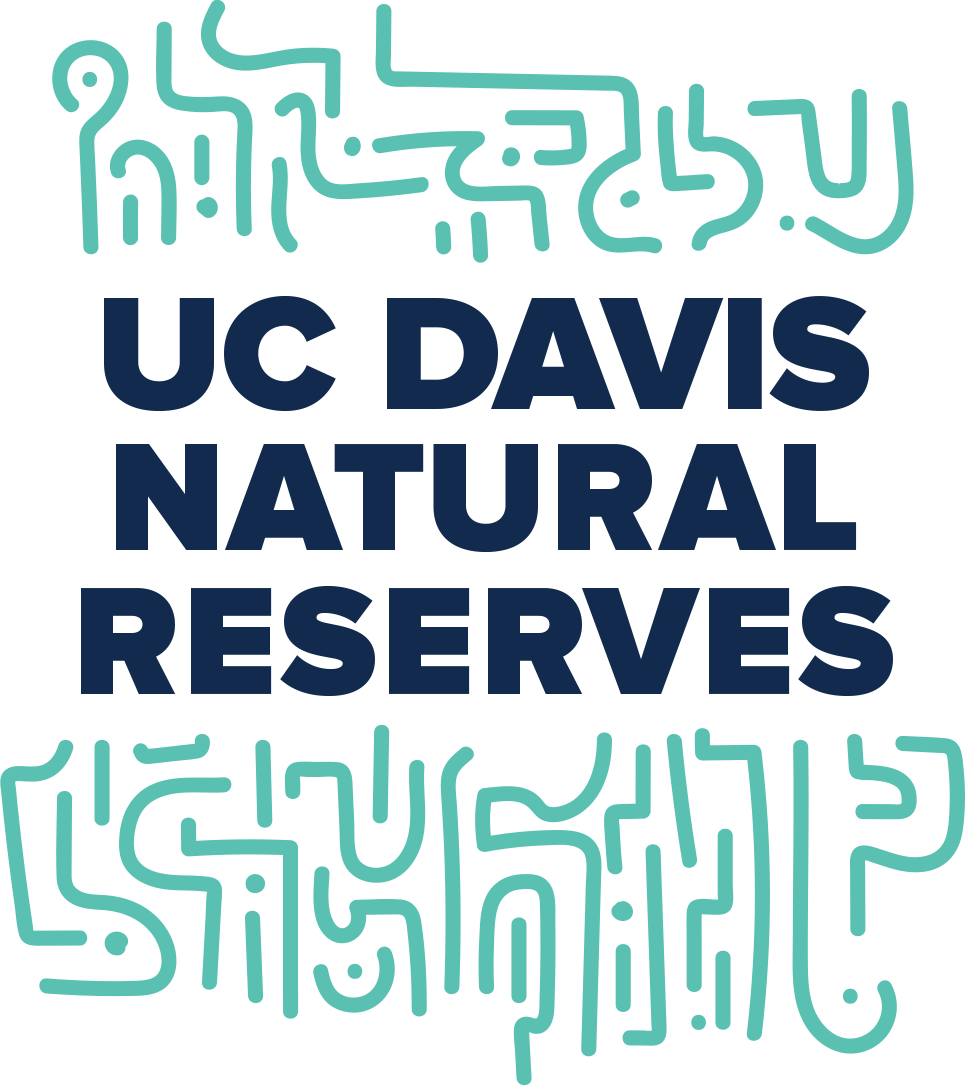Special Plants of Jepson Prairie
Jepson Prairie Preserve contains a variety of habitats, including vernal pools, grasslands, and a marsh-riparian zone. Each of these contain their own community of native plants, some of which are very rare. If you like wildflowers, the prime time to visit Jepson Prairie is March through May in the “flowering phase”, although there are many interesting and rare plants to be found year round.

Click for a comprehensive list of the plants found at Jepson Prairie Preserve.
Vernal Pool Plants
Because vernal pool plants have evolved in this environment, they have had tens of thousands of years to adapt to the extreme conditions of living in a vernal pool. Most non-native plant species cannot survive in
a vernal pool. Over 200 species of plants grow in California vernal pools. Of those, half are entirely endemic to this unique habitat.
Plants that grow in vernal pools have several unique adaptations that allow them to survive the extremes of flood and drought. Most vernal pool plants are annuals, living only during the short winter and spring seasons before setting seed and dying. These plants tend to be of small stature, but with relatively large flowers. Their goal is not to grow big and survive a long time, but to reproduce and make plenty of seeds for future generations.
Vernal pool plants have also had to develop other adaptations to deal with the aquatic phase. Most plants would drown if flooded for long periods. Vernal pool plants deal with this in several unique ways:
- Some pipe air to their roots through long, hollow stems or leaves.
- Some absorb atmospheric gasses (air) directly from the water.
- Some bring air to their roots by producing floating leaves. The leaves can absorb enough air for the entire plant.

Photo by Charlie Russell
Here are just a few examples of what you can find during the spring:




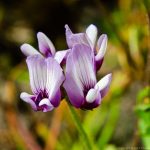

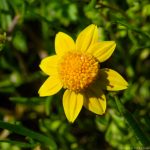

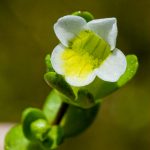



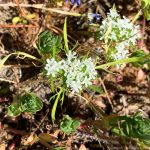



Grassland Plants
Most great central valley vernal pools, including those at Jepson Prairie, occur in annual grassland, which is the most extensive habitat at the Preserve. The pastures we see today bear little resemblance to the same
lands before settlement by Europeans and Americans, due to the almost overwhelming invasion of non-native grasses. These European annual forage grasses evolved in other Mediterranean climates and were introduced along with livestock, starting in the late eighteenth century.
Here are a few examples of the grassland wildflowers that you can find in the spring at Jepson Prairie Preserve:











